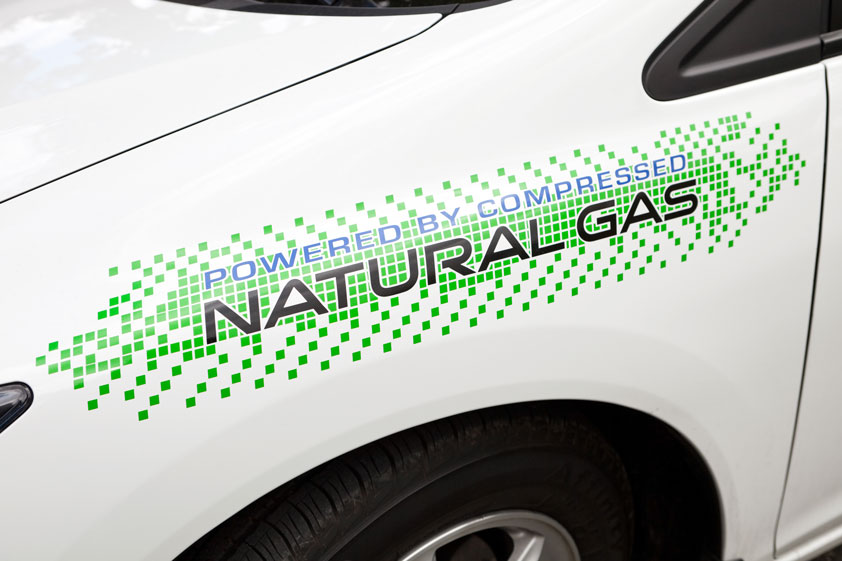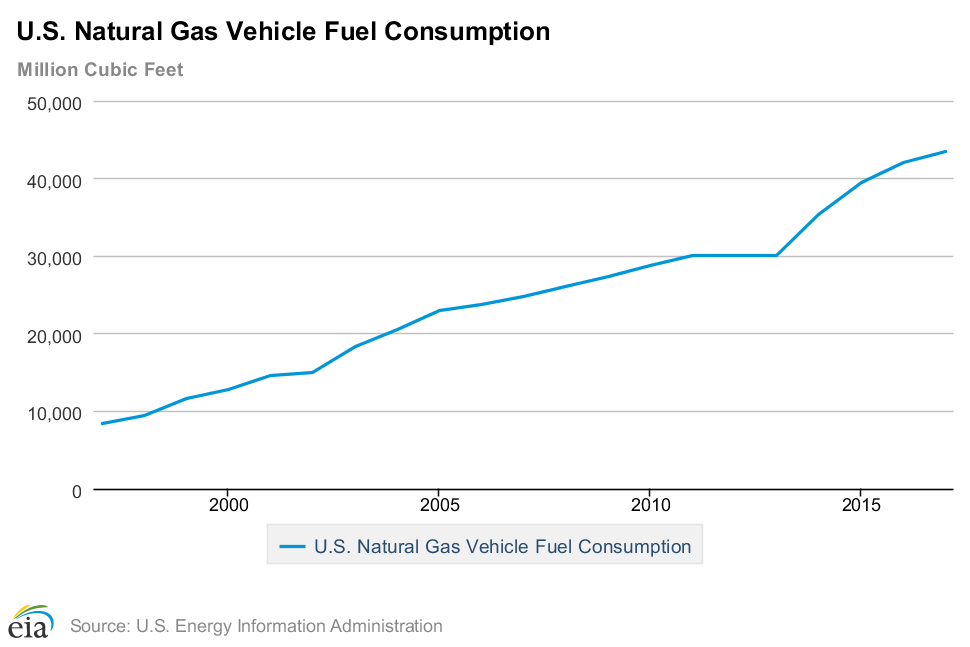
CNG as a transportation fuel continues to grow steadily with an increase of 7.6% over the last 5 years and 8% since 1997. The number of CNG vehicles has grown 5.3% since 2012 to 175,000 in the US. The supporting infrastructure has also shown steady growth with public stations up 8.4% over the same six years. That figure does not include any private fleet fueling stations.

Cost savings and emissions reductions are driving the increased use of CNG. While the inherent volatility in oil prices will continue to make the exact advantage of fuel savings fluctuate, CNG fuel remains a very favorably priced alternative to conventional fuels. Technology improvements continue to drive further emissions reductions, as well as operating efficiency and safety.
Some fleet owners such as UPS look beyond just fuel costs and regard CNG as a component of their long term fleet management strategy to balance many different factors, including location, regional economics and emissions.
While various vehicle makes and models have come and gone, there are now more to choose from than ever in the medium to heavy duty categories. DOE provides an easy-to-use interactive tool to look at options within 12 vehicle types from sedans to school buses and everything in between. NGV America’s list focuses on heavy-duty vehicle manufacturers and modification companies.
CNG technology has come a long way since the 1930’s natural gas balloon vehicles of World War I era. Recent technology improvements are more tailored to bringing CNG engine performance to the equivalent of conventional fuel engines, improve safety and achieve further reductions in emissions.
Reducing engine weight, simplifying systems, reducing the number of parts, advanced ignition and fuel injection systems, and downsized engines with higher boosting all contribute to better CNG vehicle performance. In the medium and heavy duty classes, Cummins strives for zero emissions and FPT Industrial outline their technical improvements for more engine torque and power.
Exciting improvements are also occurring in NGV tank technology. CNG tanks made of composite materials are becoming less expensive, and, compared to traditional steel or aluminum tanks, are lighter in weight and require less frequent inspections and replacement.
Fueling technology improvements target safety and efficiency with Hexagon Composites improving connection safety and speed of fueling for heavy duty trucks. Onboard Dynamics compression technology provides an alternative for small and medium fleet fueling locations.
These examples are not exhaustive but illustrate how CNG transportation technology is not just using a different fuel in a conventional fuel engine anymore. Improvements in CNG transportation technology overall provide a competitive option with the added benefit of operating cost savings and emissions reductions.
